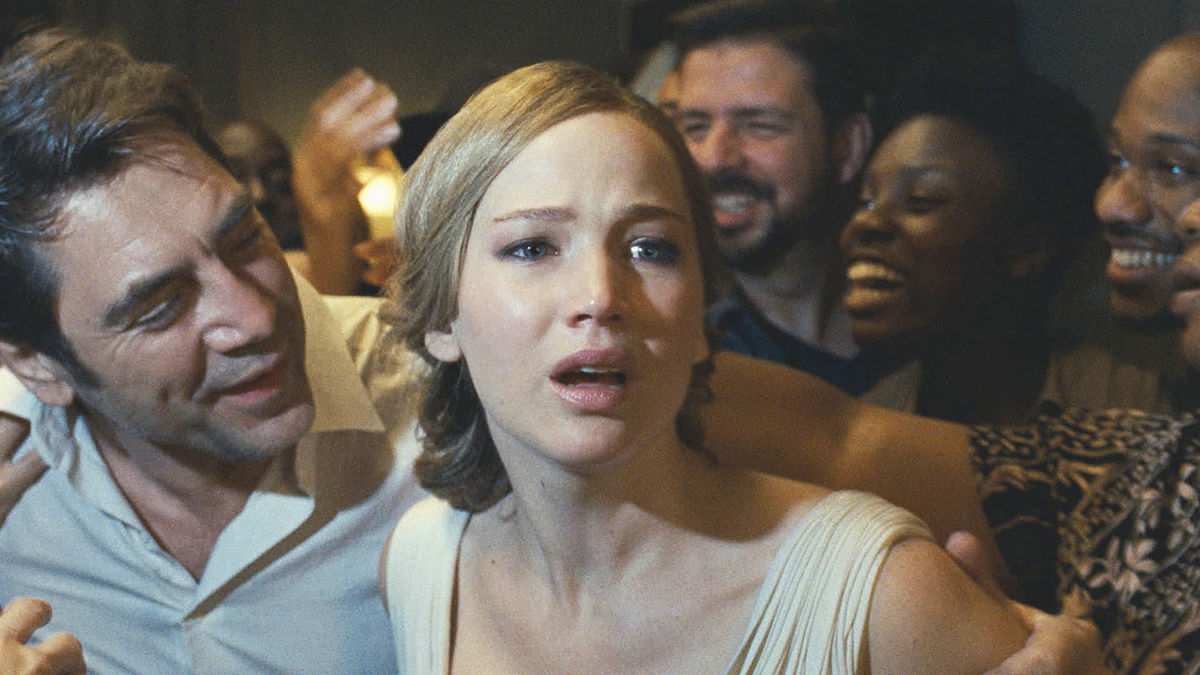
The most accessible cinematic stories are told through mainstream Hollywood. Where we are accustomed to re-treads, clichés, remakes and genre abiding films that recycle the cookie cutter formula. Once a director achieves a reputable status within the industry, they are given more creative freedom in their projects.
Usually their products can go two ways; this list focuses on the films that have come from the heart of famous talents that have taken risks and copped the blow. But due to the anarchic ripple they have had on cinema, have gained a cult following and movie-goers eventually choosing sides. Here are the top 10 underrated ambitions by famous directors in no particular order!
1. The Cell (2000)
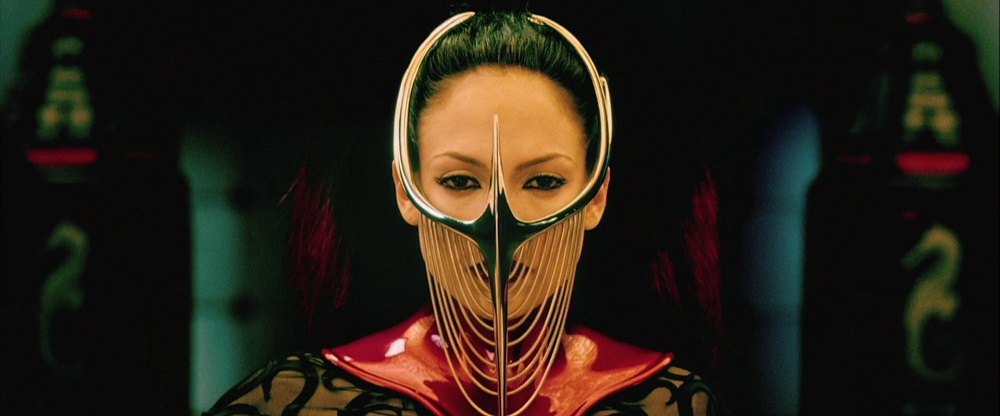
Tarsem Singh borrows the narrative blueprint of your standard CSI episode, adds a sci-fi twist and renovates it into one of the most visually creative and original psychological thrillers to have hit mainstream cinema. This is partially the reason for its initial negative reception, proving to be an anomaly amongst conventional crime stories, The Cell discounts its fairly simple plot in favour for a deeper experimental exploration of sanity through visual design and symbolism.
Although the films story is easy to follow, the audience is challenged with heavy fragments of artistically over-blown parades. In other words, viewers have declared the work of pretentiousness for “pointless” sequences. The film deserves to be appreciated for its imaginative efforts and creative control from an artistic perspective, rather than obsessing over deciphering its material.
Moreover, it is important to take note of how these scenes make you feel instead of what they actually mean. Obviously the film encourages individual interpretation and the open discussion led from the films ambiguity is half the magic. Although viewers claim the film to lack substance, but the debate of style/substance remains an infinite orbit.
The film earns respect for its fantastic set/costume/makeup design, cutting edge camera workings and general aesthetics. The film infuses the viewers mind with hypnotic visuals and guides us down an effectively horrifying path of what it means to be insane.
2. The Fountain (2006)
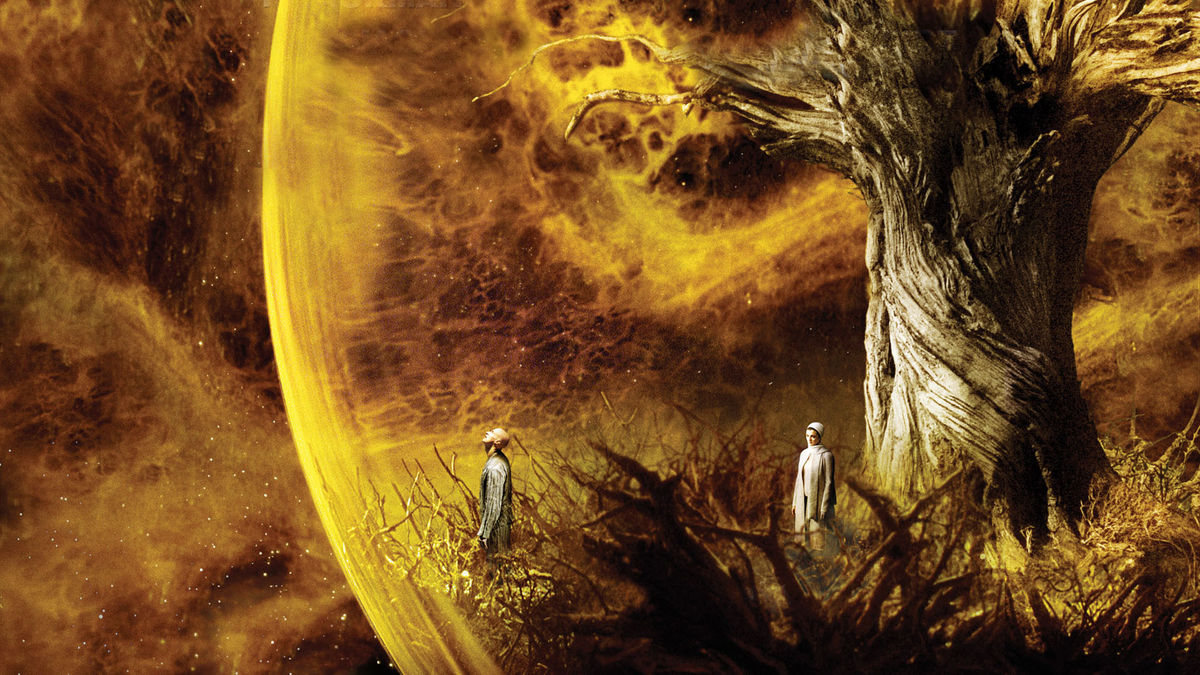
Aronofsky’s spiritual journey of love, loss and eternity is a visual marvel. With some of the most beautiful use of special effects and technical delivery. The fountain finds its roots in religion and other philosophical ideas but merely exercises its thin narrative for a personal examination of time and space.
Audiences were lost by a non-linear timeline and its tease for ultimate definition. The result may not have answered every question and its storytelling style is certainly nebulous by nature. Despite some head scratching moments, the attention is held by its emotionally transcendent score and cosmic design.
The director’s parents had cancer when he was young and this trauma is translated well in this passion project. The fountain is a unique experience, and as an avid cinema-goer, its difficult to find a film quite like it.
3. A Cure for Wellness (2016)
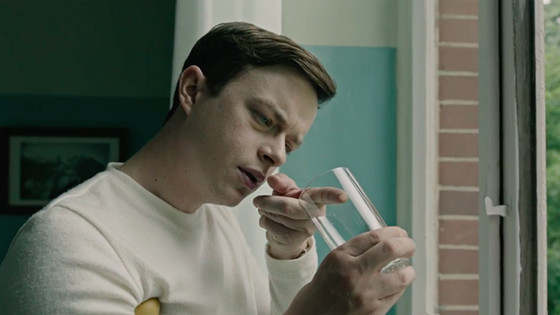
A Cure for Wellness is an obscure addition to Verbinski’s filmography without regard to maintaining his cohesion for visually striking compositions. The films foundation is at its cinematography, creating an unforgettably alienating atmosphere and gloomy tone. This accommodates for an enigmatic quality which sets it apart from traditional genre types.
While some could draw undeniable parallels with Shutter Island (2010) or The Wicker Man (1973), in terms of its execution it remains highly original and audacious. Although some could argue this is where the film failed, its enthusiasm for originality led viewers down a labyrinth of confusion and disappointment.
However, if you pay less attention to the narrative structure and the convoluted pay off, there is much to appreciate, including the set design, entrancing visuals and its nightmarish ambiance. The film is subject to a refined cinematic identity that stands out amongst the genre and may attract a cult following in the near future. Until then!
4. Antichrist (2009)
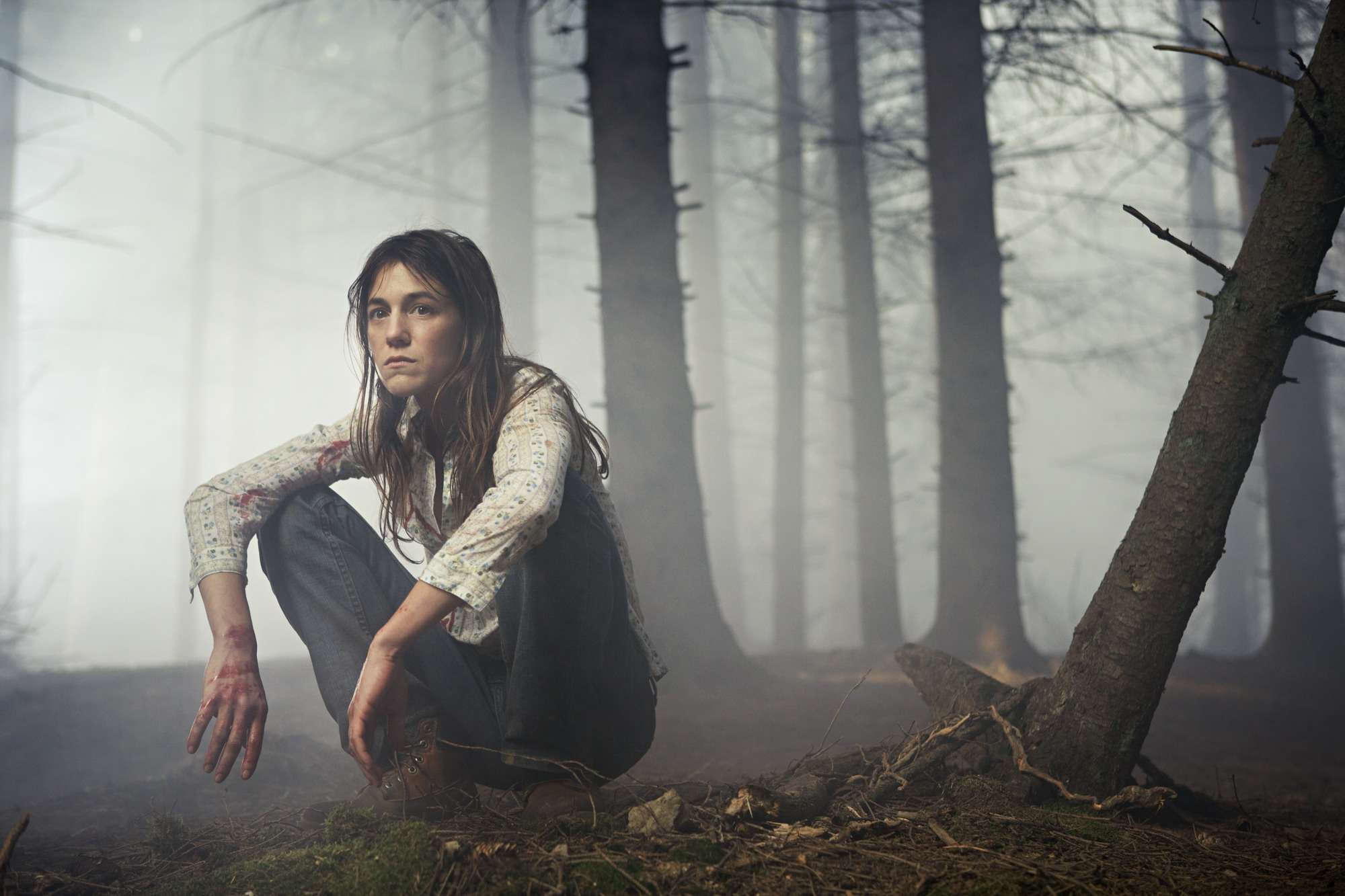
Lars Von Trier is a daring film maker with twisted ideas, and Antichrist is notably his most disturbing contribution. Its unforgivably morbid and extremely violent, this turned off many viewers understandably. But behind the depressing skin, tells a compelling story of a relationship gone sour after dealing with mass grief and despair, and in its own right can be quite beautiful.
The acting is very strong especially on Willem Dafoe’s behalf and the cinematography is simply incredible, even going as far as every shot could make a painting level incredible. The director has an eye for visual storytelling and this film is the greatest example.
Another component that enhances the beauty is the music, which acts as its emotional drive. The opening scene alone uses both factors and sets up the tone and mood perfectly.
Audiences may have been left dumbfounded for two main reasons, one being the success of Melancholy spoiling expectations and the other being the graphic nature of the film, falling into its own right of extreme cinema.
5. A.I. (2001)

Kubrick planned on telling a story from the future, one that requires technological access far beyond the time of the idea. Unfortunately, he had passed away before he could move through with production, leaving the screenplay with Spielberg to direct. Already the hype was real, both are very talented directors that have experience within the genre. In spite of this, one will always question how it would have looked like if Kubrick had full control. The film was a financial success but many viewers were left contentious in regards to the highly controversial ending.
This however had nothing to do with disrupting Kubrick’s intent, the narrative was very faithful to the original script but the execution pushed some people off.
Objectively, the film is a sci-fi revolution, both in its technical merits and scientific predictions. Its highly ambitious while that’s always dangerous, its grand scale idea was told through the intellect of a robot child and this is what makes it unique. There is more beneath the surface of this sci-fi epic and will forever be debated as long as cinema goes on.